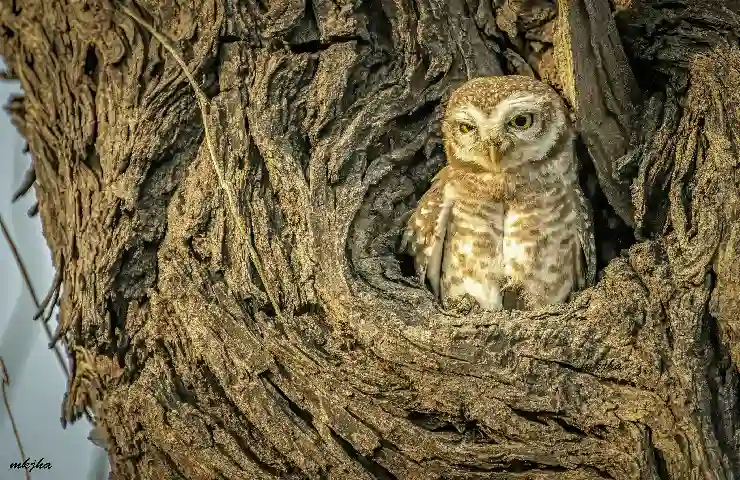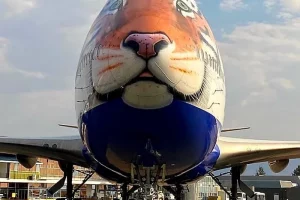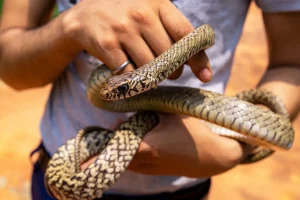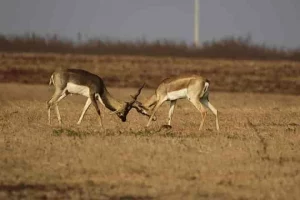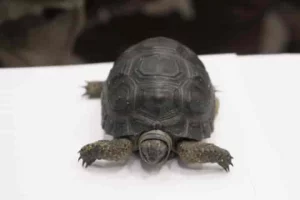It was a great pose in the sunset light—an owlet sitting quietly. Normally they are in pairs, but this one was alone in the hollow of a tree. Suddenly those big yellow eyes were staring at me, as if pleading to save them from occult practices.
Come Diwali and yet again there’s a Red Alert. Forest officials and wildlife activists have increased their vigil to combat owl poaching. Agencies that monitor and take action to curb illegal wildlife trade have been using social media platforms to make people aware about illegal practices in the name of traditions.
Every year, a large number of #owls
are sacrificed for mystic rituals & practices across India, which usually peaks around the festival of #Diwali .
As we celebrate the festival of lights
, we must raise awareness about threats to owls. @TRAFFIC_WLTrade @WWFINDIA pic.twitter.com/DrghIaCfNF
— TRAFFIC India Office (@TRAFFIC_India) November 2, 2021
“Owls are incredibly mesmerising night creatures, often associated with various myths and superstitions. As we celebrate Diwali, let's spare a thought about owls who pay the cost of superstition with their lives,” says WWF India.
The owl is believed to be the “vahan”, the vehicle of Goddess Lakshmi—symbolising wealth, fortune, power, beauty and prosperity. People sacrifice owls as they believe this will bring prosperity and good fortune. Countrywide smuggling of owls flourishes during this season. The period between Dussehra and Diwali—the two biggest Hindu festivals, is usually bad for owls. Demand peaks at the time of Diwali, which is also an occasion for the worship of Lakshmi. During this period the owls are sold at a premium in illicit bazaars.

A dusky eagle owl
During Kali Puja, the business community in Bengal sacrifices owls in the hope of gaining wealth.
Owls have always had a powerful hold on our imagination by being a part of myths, legends and fairy tales.
Irrespective of their aura, they are often considered bad omens which is hurting their survival. According to TRAFFIC India—the wildlife trade monitoring network, superstitions and false beliefs have created a demand for owls and their body parts in rituals during the festival. The body parts used include the skull, feathers, claws, heart, liver, kidney, blood, eyes, fat, beak, tears, eggshells, meat and bones. Ear tufts are considered to have magical properties.

Spotted owlet
Hundreds of owls are trapped and traded every year, even though hunting and trade in all Indian owl species is banned under the Wildlife (Protection) Act 1972. According to TRAFFIC India, out of 32 species of owls in the country, 15 have been found in the illegal domestic bird trade. Owls are used in black magic, street performances, taxidermy, consumption, occult medicines, for capturing other birds and even their eggs used for gambling,
According to wildlife experts, owls as predators maintain our ecosystem by keeping a check on the rodent and insect population. In an agrarian country like India, where 60 per cent of the population is dependent on agriculture, the role of owls should be recognised and strict protection should be given to these magnificent nocturnal birds.
All creatures including owls have a role to play in the ecological system and hurting this delicate balance could harm us in the long run.






